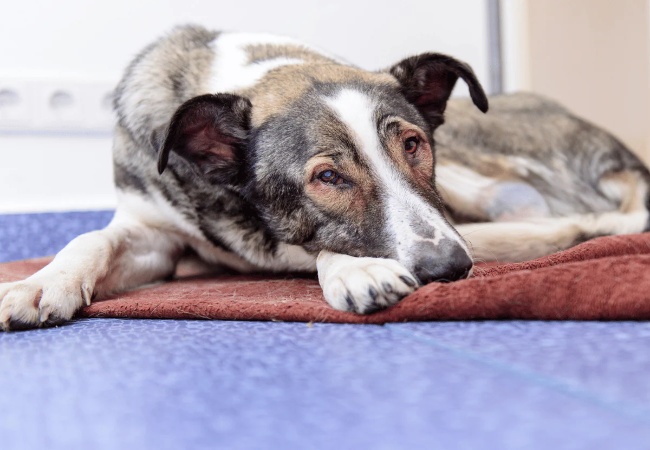Canine Cancer in 2025: Vet-Approved Guide to Symptoms, Types & Treatments🐶🩺

In this article
Canine Cancer in 2025: Vet-Approved Guide to Symptoms, Types & Treatments🐶🩺
By Dr. Duncan Houston BVSc
Cancer is a significant health issue in dogs, with approximately 25% developing some form during their lifetime, and nearly 50% of dogs over 10 years old being affected. Early detection and understanding of the disease are crucial for effective treatment and improving your dog's quality of life.
⚠️ Recognizing the Symptoms of Cancer in Dogs
Early signs of cancer can be subtle. Watch for:
- Unusual lumps or bumps that persist or grow
- Loss of appetite or difficulty eating
- Weight loss without a clear reason
- Persistent lameness or stiffness
- Difficulty breathing or coughing
- Changes in bathroom habits, such as straining or blood in urine/stool
- Non-healing sores or wounds
- Bleeding or discharge from any body opening
Consult your veterinarian if you notice any of these signs.
🧬 Common Types of Cancer in Dogs
Several cancers commonly affect dogs:
- Lymphoma: Affects lymph nodes and immune system; often responsive to chemotherapy.
- Mast Cell Tumors: Skin tumors that can vary in appearance; may require surgical removal.
- Osteosarcoma: Aggressive bone cancer, prevalent in large breeds; often necessitates amputation and chemotherapy.
- Hemangiosarcoma: Originates in blood vessels, commonly in the spleen or heart; often diagnosed at advanced stages.
- Mammary Gland Carcinoma: Breast cancer, more common in unspayed females; spaying reduces risk.
- Melanoma: Typically found in the mouth or nail beds; can be aggressive and spread rapidly.
- Transitional Cell Carcinoma: Bladder cancer presenting with urinary issues; requires prompt treatment.
🩺 Diagnosing Cancer in Dogs
Veterinarians use various methods to diagnose cancer:
- Physical Examination: Assessing lumps and overall health.
- Fine Needle Aspiration: Collecting cells from a mass for analysis.
- Biopsy: Removing tissue samples for definitive diagnosis.
- Imaging: X-rays, ultrasounds, or CT scans to detect internal tumors.
- Blood Tests: Evaluating organ function and detecting abnormalities.
💊 Treatment Options
Treatment depends on cancer type, location, and stage:
- Surgery: Removing tumors when feasible.
- Chemotherapy: Using drugs to kill cancer cells; often used for systemic cancers like lymphoma.
- Radiation Therapy: Targeting localized tumors with high-energy rays.
- Immunotherapy: Stimulating the immune system to fight cancer.
- Palliative Care: Managing symptoms to improve quality of life when a cure isn't possible.
Discuss with your veterinarian to determine the best course of action for your dog.
🛡️ Preventive Measures
While not all cancers are preventable, certain steps can reduce risk:
- Regular Veterinary Check-ups: Early detection through routine exams.
- Spaying/Neutering: Reduces the risk of certain cancers.
- Healthy Diet and Exercise: Maintains overall health and immune function.
- Limiting Expo






